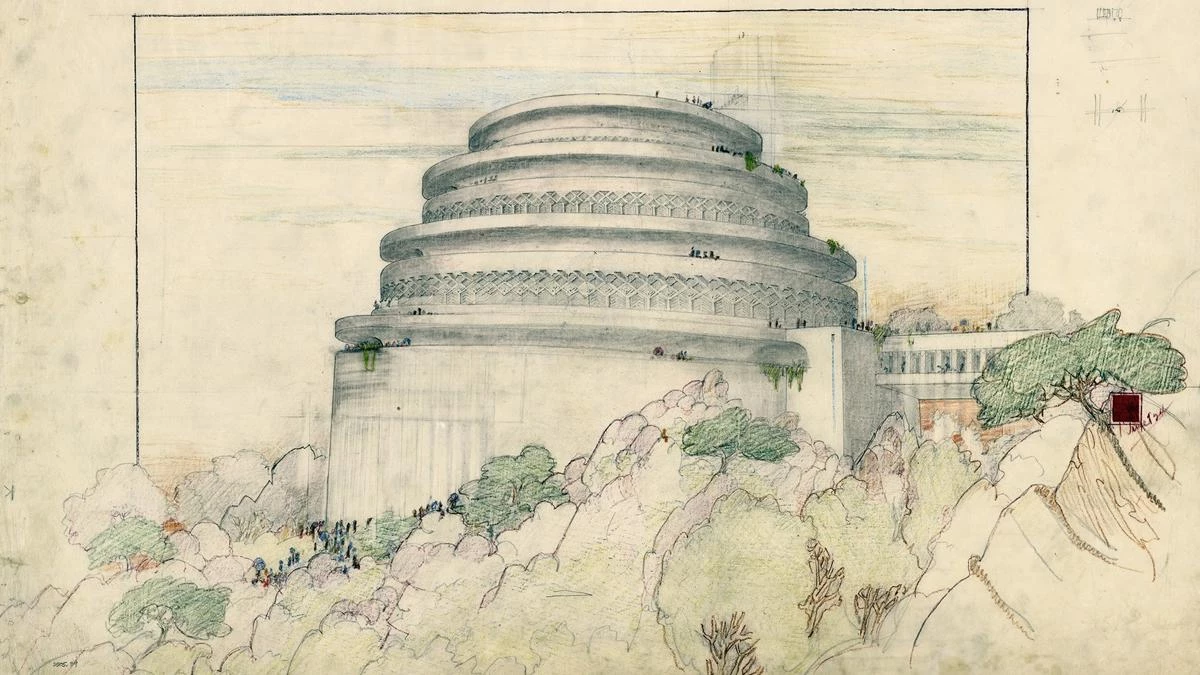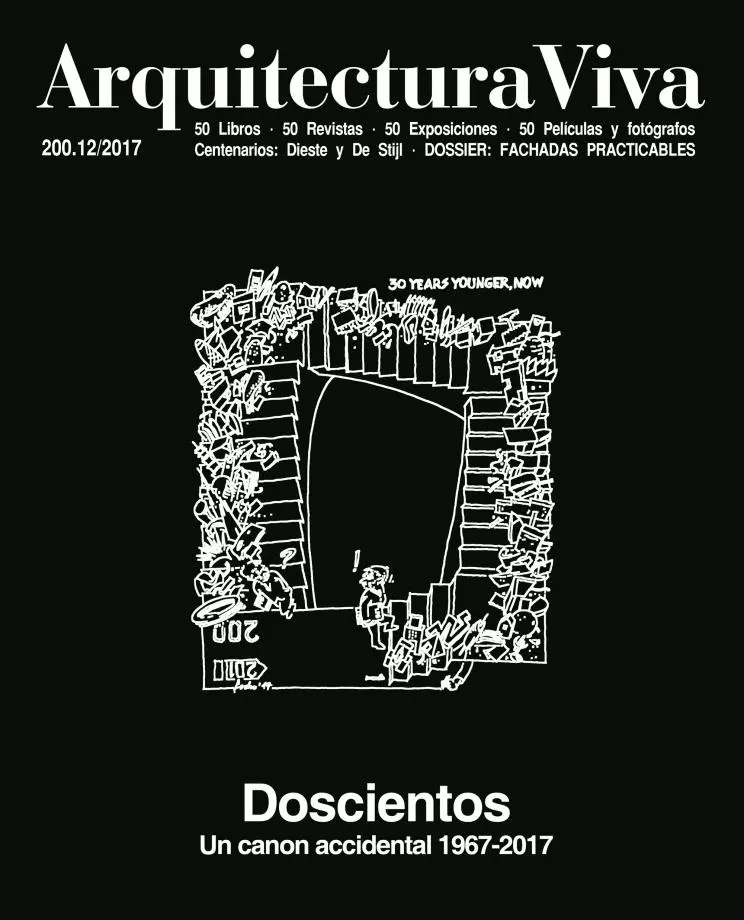
The 150th anniversary of Frank Lloyd Wright (1867-1959) has been celebrated with an exhibition at the MoMA and a book on the more than one hundred exhibitions on his work held during the architect’s life. The New York show was organized by the Columbia professor Barry Bergdoll and research assistant Jennifer Gray, also editors of the catalog, who collected twelve texts on twelve of the architect’s less known projects. The book devoted to the exhibitions, supervised by Wright in almost all cases, connects these to texts and previously unpublished correspondence to compose a true biography, written by the architectural historian Kathryn Smith.
Though the MoMA famously shunted Wright in the International Style exhibition of 1932, it later compensated the master by displaying his work in 1940, and by organizing in 1994 the best retrospective to date. The shows that followed, at the CCA in 1996 and the Whitney in 1997, focused on specific aspects of his work, and the one at the Guggenheim in 2009 failed to earn critical acclaim, perhaps because of its stress on the architect’s last period, however revalued in Neil Levine’s colossal volume on Wright’s urban projects, published in 1996.
The research of Levine, who writes one of the articles in the MoMA catalog, profited from the transfer and digitalization of the architect’s archive, moved from Taliesin West to New York, in a joint effort of the Avery Library and the museum itself. Escaping the temptation of holding a new retrospective, Bergdoll preferred to invite twelve experts to delve into the archive in search of twelve projects, preferably never exhibited, and that is the substance of the catalog, which takes us from largely unknown social proposals like the Rosewald School of 1928 or the Little Farms Unit of 1932-33, to new interpretations of canonical projects like Mile-High Illinois.
If the MoMA catalog is addressed mainly to experts, Kathryn Smith’s book is a pleasant surprise, because through the guiding thread of the exhibitions it offers a stimulating portrait of the architect. The historian, author of several books on Wright, finds in the public presentations of his work a commitment to the avant-garde, technical innovation, and social activism, as opposed to the conventional view that sees these efforts as instruments for personal promotion.
Both book and catalog pay special attention to models and drawings, and the two publications strive to document the intervention of collaborators. Wright was an exceptional draftsman, but he also made sure to hire talented designers, and the archive has allowed identifying the work of the extraordinary Marion Mahony or the very competent Birch Burdette Long, part of a list that recalls the choral character of architecture, and the need to rescue the names that the blinding glare of the masters had moved to the background.







